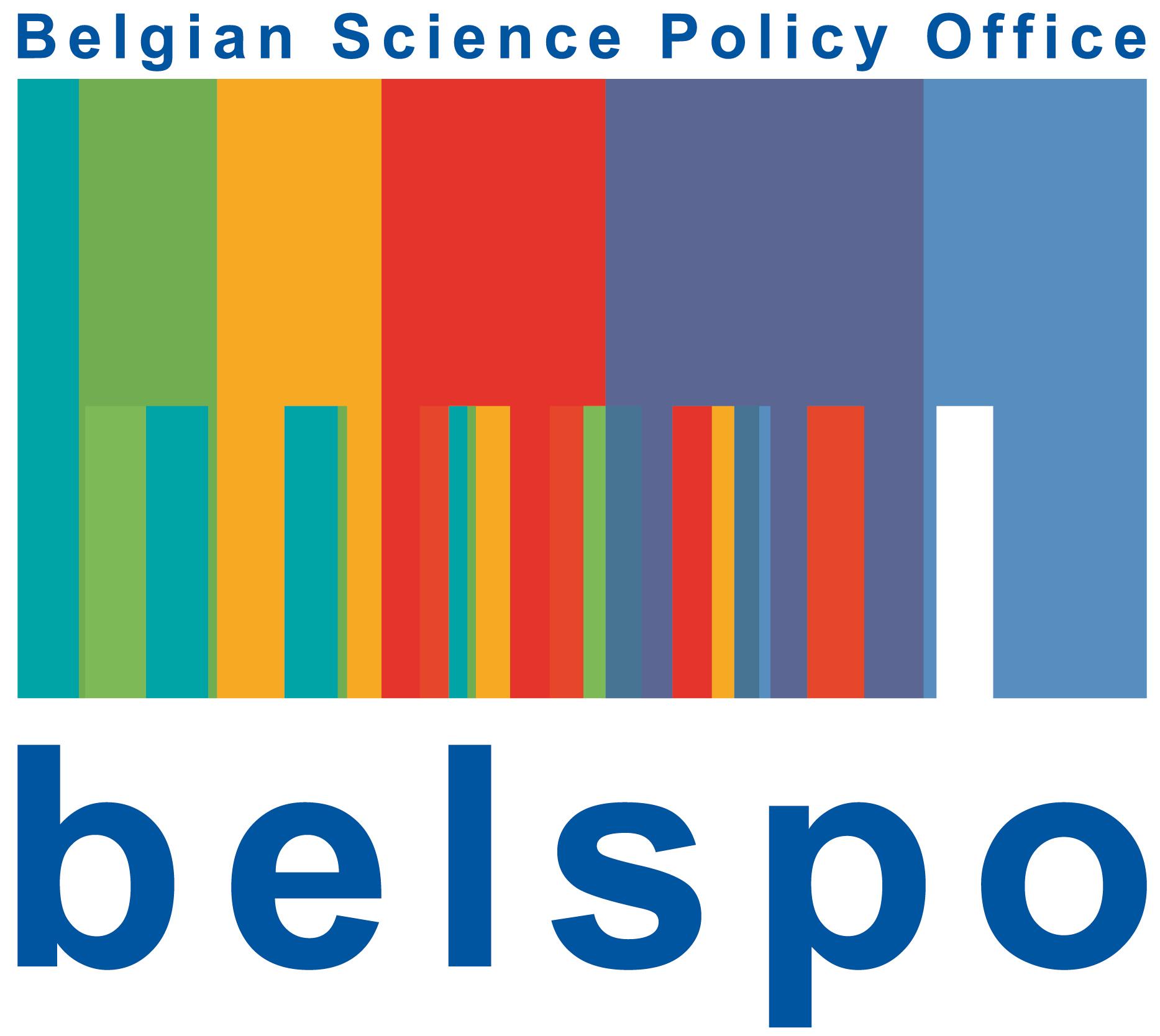-
Share this page
DASYWEIGHT project
Developping a tool for machine learning-based dassymetric mapping approaches in GRASS GIS.
Description
This project aimed at developping a new GRASS GIS add-on, allowing the EO community to more easily implement a
machine learning-based approach for dasymetric mapping of socio-economic variables based on EO-derived products such as LC and LU maps.
The majority of socio-economic data are usually collected at the individual or household level and numbers are then aggregated and release for administrative units. However, the spatial extension of many phenomena does not correspond to any existing administrative limits. At the same time, geospatial information start to be available at more and more detailed spatial resolution thanks to progress made using very-high resolution earth observation data. As a consequence, scientists often would like to perform spatial analyses at fine resolution but face issues related to the fact that the spatial resolution of administrative units on which socio-economic data are aggregated is too coarse and does not fit their need.
To allow socio-economic data to be exploited for spatially-detailed analysis and/or to explore spatial phenomena not following existing administrative units, dasymetric mapping approach received more and more attention in the last decades. This modelling technique relies on the assumption that the knowledge of the territory can be used to spatially
disaggregate the official socio-economic data provided at the administrative level into a finer scaled gridded-product.
The major challenge in dasymetric mapping resides in the determination of the spatial distribution of the socio-economic variable within the administrative units, based on a set of ancillary geoinformation data. This information can be seen as spatial reallocation “weights”, which are used in dasymetric mapping to disaggregate (redistribute) the socio-economic variable on a more detailed level. In the example of human population count, these weighting layers are usually produced using proxy information provided by land cover and land use maps derived from earth observation data. For a long time, these weights were subjectively determined based on expert knowledge but recent research shifted this paradigm by taking advantage of the power and the efficiency of machine learning algorithms to create weighting layers for dasymetric mapping without any a priori knowledge.
Period
2021
Funding
Research funded by BELSPO (Belgian Science Policy, research project SR/11/205).
